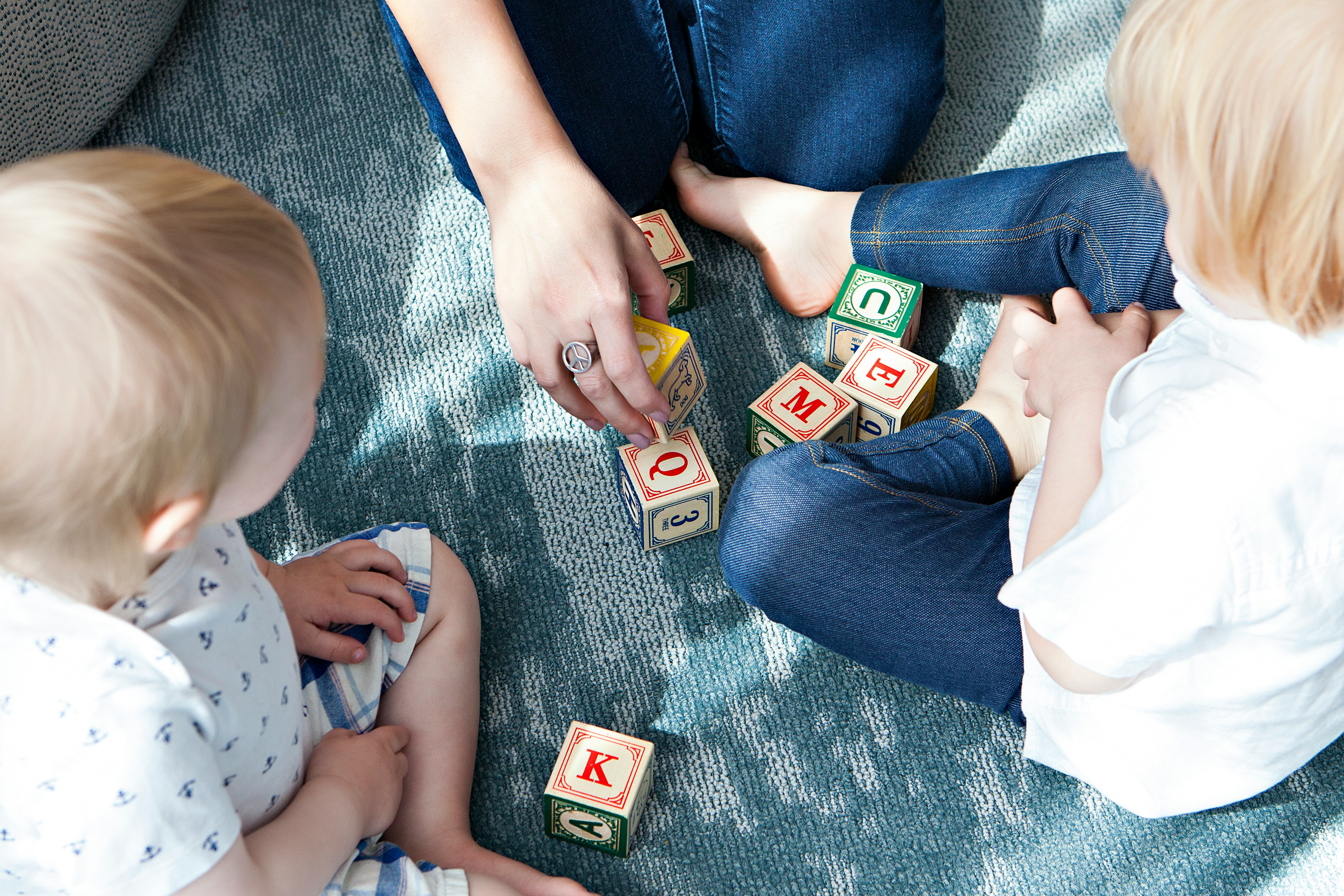Screens are everywhere — and let’s face it, they’re incredibly handy when you need a moment to breathe.
But many parents feel stuck in a cycle: hand over the tablet for peace and quiet, only to face meltdowns when it’s time to switch off.
The good news?
Reducing screen time doesn’t have to mean endless battles or guilt. With a few gentle shifts, you can set healthy limits and keep the peace.
Why Screen Time Becomes a Battleground
Kids love screens because they’re fast, stimulating, and always available. For young brains, that’s a recipe for instant gratification.
But when it’s time to stop, the abrupt shift can feel like pulling the plug on a party — hence the tantrums.
“Because electronic screen media is unnaturally intense…it can overstimulate and detune a child’s nervous system, causing mood, focus, sleep, and behavioral issues.”
Dr. Victoria Dunckley – Child Psychiatrist
Dr. Dunckley’s Press Room
The key to avoiding that clash is understanding what screens are doing for your child — and finding alternatives that meet the same needs in a healthier way.

1. Start with Small, Predictable Changes
Don’t yank the tablet away overnight. Gradually introduce changes like:
- Setting a daily time limit and using a timer.
- Offering countdowns: “You have 10 minutes left, then it’s time to stop.”
- Choosing natural stopping points (e.g., after one episode).
Consistency and predictability reduce anxiety and resistance.
“Children need the security of our consistent boundaries and structure more than ever during stressful situations and transitions.”
Janet Lansbury – Parenting Educator
In Times of Transition, Our Children Need to Feel Our Love

2. Replace the Screen – Don’t Just Remove It
It’s not enough to say “no more TV” without something else to do. Offer appealing alternatives:
- A simple craft station
- Audiobooks or music
- Outdoor play
- A fun activity jar (kids pick one surprise option)
Make the alternatives easy to access and part of the routine.

3. Make Screen-Free Moments Special
Create regular, low-key rituals that don’t involve screens:
- Reading a story after dinner
- Building a fort before bed
- Family game night on Fridays
When kids associate connection and fun with screen-free time, they’re more likely to embrace it.

4. Let Kids Have Some Control
Offer limited choices:
- “Would you like 20 minutes of a game now or after lunch?”
- “This or that” options for non-screen play
Feeling heard and having a say can defuse potential power struggles.

5. Model the Behaviour You Want to See
If you’re scrolling constantly, kids notice. Try:
- Putting your phone away during meals
- Talking openly about why you’re choosing a break
- Saying, “I need a screen break — I’m going for a walk”
Kids learn most by what we do, not what we say.
“We are our children’s media mentors—what we model shapes what they learn.”
Dr. Yalda T. Uhls – Psychologist and Media Researcher
“Media Moms & Digital Dads”

6. Don’t Panic About Boredom
“Boredom is the space in which creativity and imagination happen.”
Dr. Michael Rich – Pediatrician and Director at Boston Children’s Hospital
“Screen Time and the Brain”
Boredom is uncomfortable — but it’s also the spark of creativity.
Let kids sit in it sometimes.
Resist the urge to fill every quiet moment. Trust that they’ll eventually reach for something imaginative or active.

7. Use Screens Intentionally
Not all screen time is equal. Choose:
- Slow-paced shows over fast-cut cartoons
- Educational games that encourage thinking
- Co-viewing when possible, to build discussion
Help children become thoughtful users, not passive consumers.
“Not all screen time is created equal.”
The Genius of Play
Final Thoughts
Cutting back on screen time doesn’t have to be all-or-nothing — or full of drama.
Start small, stay consistent, and focus on connection. The goal isn’t perfection; it’s balance. And with time, your child will adapt — tantrum-free.
If you have any other tips to reduce screen-time, let us know in the comments below. 👇


Leave a Reply